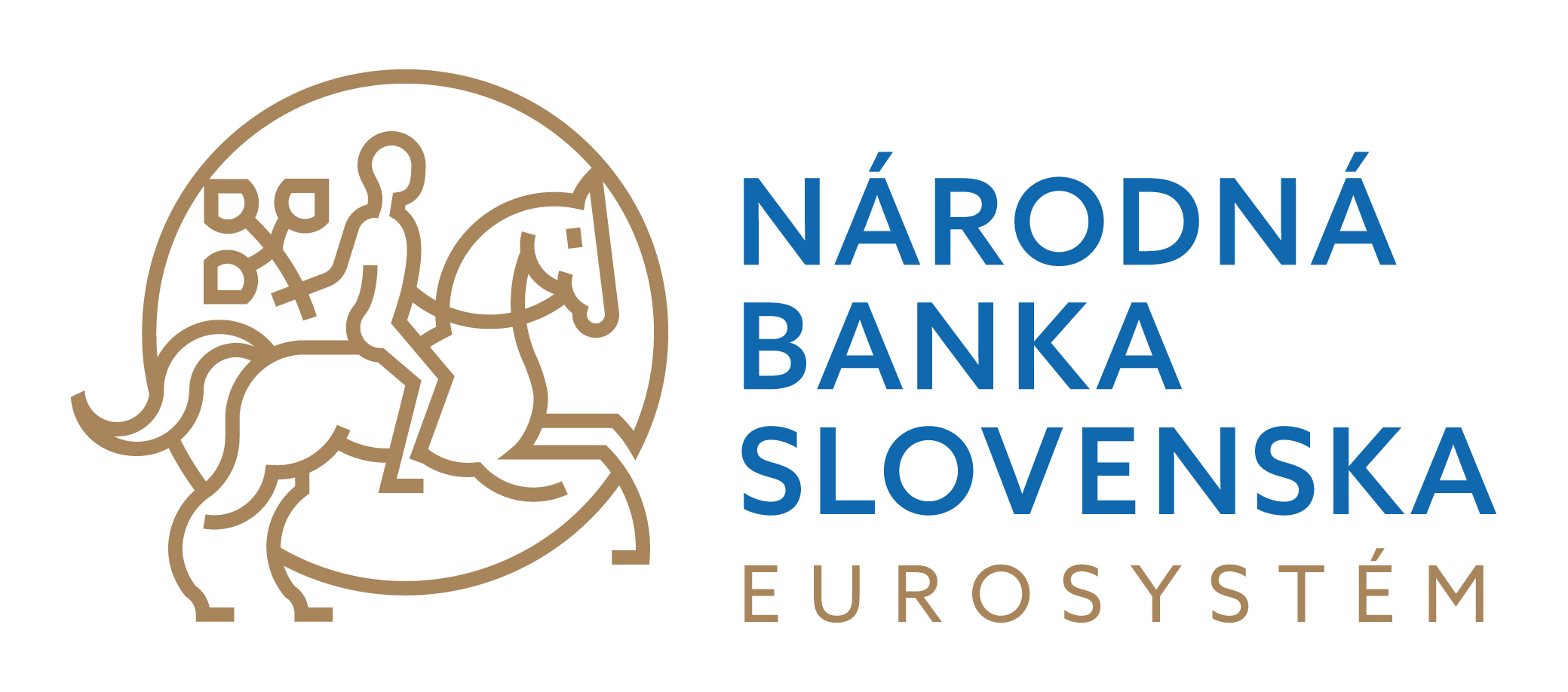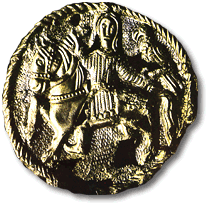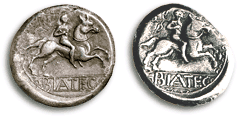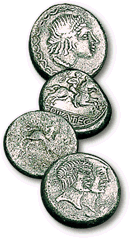-
NBS Tasks
Browse topics
- Monetary policy
- Financial market supervision
- Financial stability
- Banknotes and coins
- Payments
- Statistics
- Research
- Legislation
-
Publications
- Activity Report of the NBS Innovation Hub Annual Report Carbon Footprint Report of NBS Climate-related disclosures of NBS non-monetary policy portfolios Economic and Monetary Developments Financial Stability Report Investment Policy Statement of the National Bank of Slovakia Macroprudential Commentary
- Policy Briefs Report on the Activities of the Financial Market Supervision Unit Research Papers: Working and Occasional Papers (WP/OP) Statistical Bulletin Structural Challenges Other publications Sign up for your email notifications about publications
- About the Bank
- Media
- Frequently asked questions
-
For the public
Browse topics
- About the Bank
- Exchange rates and interest rates
- Banknotes and coins
- Payments
- Financial stability
- Financial market supervision
- Statistics
- Legislation
-
Publications
- Activity Report of the NBS Innovation Hub Annual Report Economic and Monetary Developments Financial Stability Report Macroprudential Commentary
- Report on the Activities of the Financial Market Supervision Unit Research Papers: Working and Occasional Papers (WP/OP) Statistical Bulletin Other publications Sign up for your email notifications about publications
- Frequently asked questions
- Media
- Careers
- Contact
NBS logo
The NBS logo combines the names “NÁRODNÁ BANKA SLOVENSKA” and “EUROSYSTÉM” (Slovak spelling) with a circular ‘horse rider’ design. Compared with the original logo, however, the new rider motif is simpler and closer to the source design found on Biatec coins (Biatecs were used in the first century BC by the Celtic settlers of the territory in which Bratislava now lies). The logo’s revamping was part of a broader effort to improve the readability and functionality of the central bank’s online publications and printed matter.

The NBS logo from 1993 to 2019
In the run-up to 1 January 1993, when NBS was established, there arose the question of what the bank’s logo should be. The prevailing view was that the logo should capture the historical and economic traditions of Slovakia. After discussions with historians, artists and numismatists, two designs were shortlisted.

History of the logo


Uniquely for coins of that time and region, Biatecs were made of high-quality silver and gold. While BIATEC was the most frequent inscription, it was one of 14 different inscriptions that appeared on these types of coin in capital Latin letters. Among the others were NONNOS, DEVIL, BUSU, BUSSUMARUS, and TITTO, which research indicates were the names of local rulers. 
The coins have a diameter of 25 mm and weigh 16.5-17 g. The obverse usually depicts a head, and the reverse usually shows a horse rider, but may also feature various mythological motifs (including, for example, harpies, centaurs, griffins and dragons) or symbols of real animals. In terms of the diversity of coin motifs, the Celtic mint at Bratislava stood comparison with its contemporary Roman counterparts.
The most important find of Biatecs was made during excavation work for the Tatra Banka building in Bratislava in 1923, when 76 large and 324 small coins were found scattered over an area of between one and two square metres in a stratum that also contained La Tene pottery.
In the end, it was decided to base the NBS logo on the Biatec horse rider on the grounds that Biatecs are the oldest coins known to have been minted in the territory of present-day Slovakia; it was also decided, however, to incorporate the ‘falconer’ theme and thereby reference two ancient and important periods and traditions of Slovakia: the Celtic and the Great Moravian. Designed by Anton Šulek, the logo depicts the horse rider in the centre of a circle, but instead of holding a lime branchlet, he has a falcon perched on his right hand. The branchlet is positioned below the horse. The ruler on horseback, bearing a bird of prey, symbolises power and independence, as well as stability and flexibility of action; it also conveys an aura of prestige, seriousness, courage and resolution – all desirable qualities of a central bank.
The name “NÁRODNÁ BANKA SLOVENSKA” was integrated into the lower part of the design, and the name “EUROSYSTÉM” was added when NBS joined the Eurosystem, on 1 January 2009.